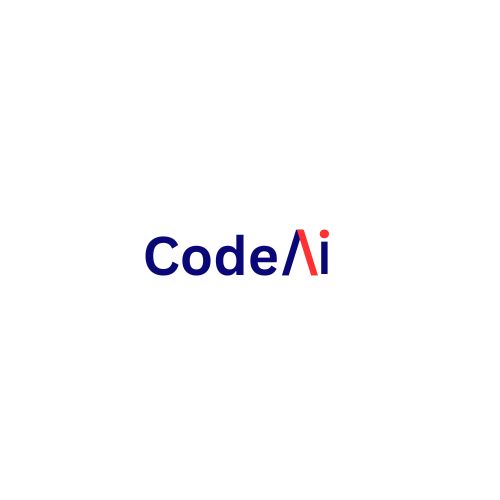The role of artificial intelligence and machine learning in redefining the production sector.
Production is a long-established component in global economies that has been used for innovations and growth. The emerging AI and ML and their reformation of the industries globally now mean that production cannot step out of the fray anymore. These technologies are no longer efficiency enhancers; they revolutionize the heart of productions into even more sustainable, faster, and wiser forms of manufacturing.
Intermediary Interface of AI and ML in Production
There is an innovative integration of AI and ML within production, for instance
Predictive Maintenance
Predictive system of maintenance utilizes data extracted from sensors and machine learning algorithms to predict a prospective failing by such machinations. This aims to halt downtime, uphold lower running costs for upkeep and promote machinery lifeline.
Control over the Quality
Currently, machine learning models are trained at an accuracy unattained before so that they can detect faults in the product. Such AI-enabled vision-based systems meet quality standards in every piece produced.
Optimizing supply chain: AI helps by cutting down on supply chain management, with the estimate of demand forecasts and at which levels of inventory as well as transport logistics. Costs are reduced, and it gives lower delivery times too.
Automation and Robotics
With AI-driven robots, lines that assemble products are transformed. The intricacy of a task is managed, though the capability to deal with any new challenge can occur along with working with human workers, which increases productivity.
Customization and Design
With algorithms of machine learning, goods according to very minutest consumer demands are designed; the process too is totally automated, aiding produce solutions for market demands by mass customization.
Benefits of AI and ML in Production
Many benefits exist for using AI and ML in production. Some of the most notable include:
Increased Efficiency: Since human error is reduced due to automation, productivity rises.
Cost Savings: In operations streamlined and predictive analytics of production cut down the overhead costs.
Improved Decision-Making: AI analyzes large datasets in real-time and creates actionable insights.
Sustainability: Optimal waste and energy reductions are ensured through AI-driven optimizations aligned with environmental goals.
Challenges in Implementation
With the promises notwithstanding, there is serious challenges involved with the integration into production:
Data Security: The proper protection of sensitive production data from cyber risks
Skill Gaps: Staffing must be adequately upskilled to integrate with advanced AI systems.
High Initial Investment: There is much upfront cost invested in AI technologies.
Future of AI and ML into production
The applications of AI and ML in the production industry will expand as follows as the development of AI and ML keeps on advancing:
Smart Factories: The entire production line will be fully automated through IoT devices and AI systems.
Real-Time Analytics: Better ML models will help in acquiring instant insights, which will further enable dynamic decision-making.
Human-AI Collaboration: Workers and AI systems will collaborate with each other efficiently, combining human creativity with machine precision.
Conclusion
As promising and paradigm-shifting for the production industry, introducing AI and ML is even more: A promise and a shift in paradigm to change the future of production. With this, companies will not only get ahead but also help build this sustainable, efficient industrial model. As we stand at the front of this revolution, the potential of AI and ML in production is only limited by our imagination and willingness to innovate.



I’m extremely impressed along with your writing abilities as neatly as with the format for your blog. Is that this a paid subject or did you customize it yourself? Anyway keep up the nice quality writing, it’s rare to look a nice blog like this one today!
Here to explore discussions, share thoughts, and gain fresh perspectives throughout the journey.
I’m interested in understanding different opinions and adding to the conversation when possible. Happy to hear different experiences and meeting like-minded people.
Here’s my web-site:AutoMisto24
https://automisto24.com.ua/